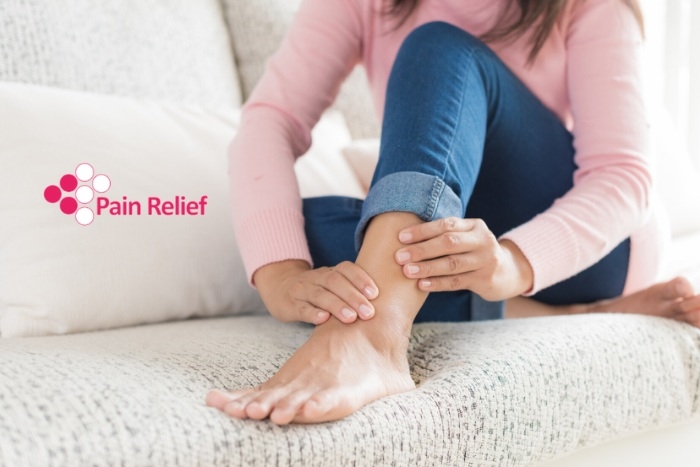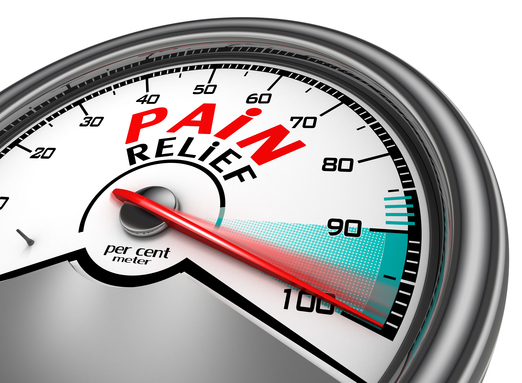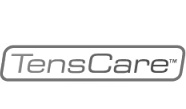You have no items in your shopping cart.
Comparing Traditional Nonsurgical Treatments for Scoliosis with Laser Therapy

Scoliosis results from abnormal curvature of the spine. It affects posture, some leaning a little, or having uneven hips or shoulders. Doctors commonly describe the curve as a “C” or an “S”, and in many cases, there isn’t even an exact cause for the occurrence of the curve. In some, scoliosis is caused by differing lengths of legs, muscle spasms, inflammation, or conditions such as cerebral palsy, muscular dystrophy, and congenital birth conditions, among others.
In severe cases, surgery is required to decrease the curve of the spine and stabilize it; but mostly, nonsurgical treatment using a brace worn in the torso area is prescribed to manage the condition and prevent the spinal curve from worsening. Others opt for alternative treatment methods, and recently low level laser therapy (lllt) treatment for scoliosis to manage the condition. Here, we will learn how nonsurgical options correct the curve of the spine and restore normal life.
Bracing
As the curve in your spine progresses, there is a larger need to manage it and prevent it from growing further with a brace before it becomes too large and requires surgery to correct. Progressive curves ranging from 20 to 40 degrees, or over 30 degrees when first diagnosed and are still growing require wearing a specially designed back brace to prevent the curve enlarging as you grow as well. Braces are typically worn 16 to 23 hours a day, and the progression of the curve is checked every 4 to 6 months.
Different types of braces are also available, and these depend on the location of the curve on your spine, how flexible the curve is, the number of curves present, the position and rotation of bones in your spine, and medical conditions you may have. While bracing is regarded as effective, it is also known to be uncomfortable and restricts movement. In some cases, bracing is not effective, as the curve continues to grow. Severe cases require surgery, but for those with a slower curve progression, other treatments, such as alternative methods and laser therapy for scoliosis become an option outside of bracing to battle discomfort and restore movement.
Alternative Treatments
There are a number of alternative treatments, all varying in effectiveness and required medical supervision. These include therapies, naturopathic treatments, exercise, and laser therapy treatment for scoliosis.
Physical therapy, chiropractic treatment and massage therapies can be prescribed for scoliosis patients with other spinal problems, such a back pain. These have been said to improve posture and breathing; but as curves progress, patients should be referred to spinal orthopaedists or neurosurgeons. Natural treatments such as acupuncture and exercises such as yoga and pilates are said to create a therapeutic energy flow in the body, relieve back pain and correct posture through stretching, holding positions, and strengthening abdominal and back muscles - but these are generally not prescribed for those with severe back pain.
Laser Therapy Treatment for Scoliosis
Recently, the use of laser therapy for scoliosis is on the rise because of its capacity to treat injuries, different types of body pain, fractures, nerve pain, ulcers, burns, and provide postoperative care. Laser therapy devices for scoliosis treatments such as the Handy Cure/HandyRx provide therapeutic relief and treat the condition by supplying energy to the body in the form of photons of light from the laser, and the tissues and cells absorb this energy to accelerate the rate of tissue healing. By decompressing affected nerves, painful symptoms of scoliosis can be relieved.
Low level laser therapy for scoliosis results in reduced swelling and inflammation, reduced healing time, and pain relief. Cold laser therapy can be prescribed by doctors and conducted in a hospital setting, but recently, at home treatment devices for scoliosis, such as the Handy Cure/HandyRx laser therapy device, have been made available. With this, it is easier to treat the condition at home and manage the pain, resulting in faster healing and treatment schedules that are easier to manage. Laser therapy is safe, noninvasive, and non-toxic, making it even a safer option than painkillers or expensive and highly critical surgeries. With the use of laser therapy treatment devices at home, scoliosis can be better managed with pain relief, and preventing the curve from progressing.


















































































































































 Default Store View
Default Store View  New Theme
New Theme